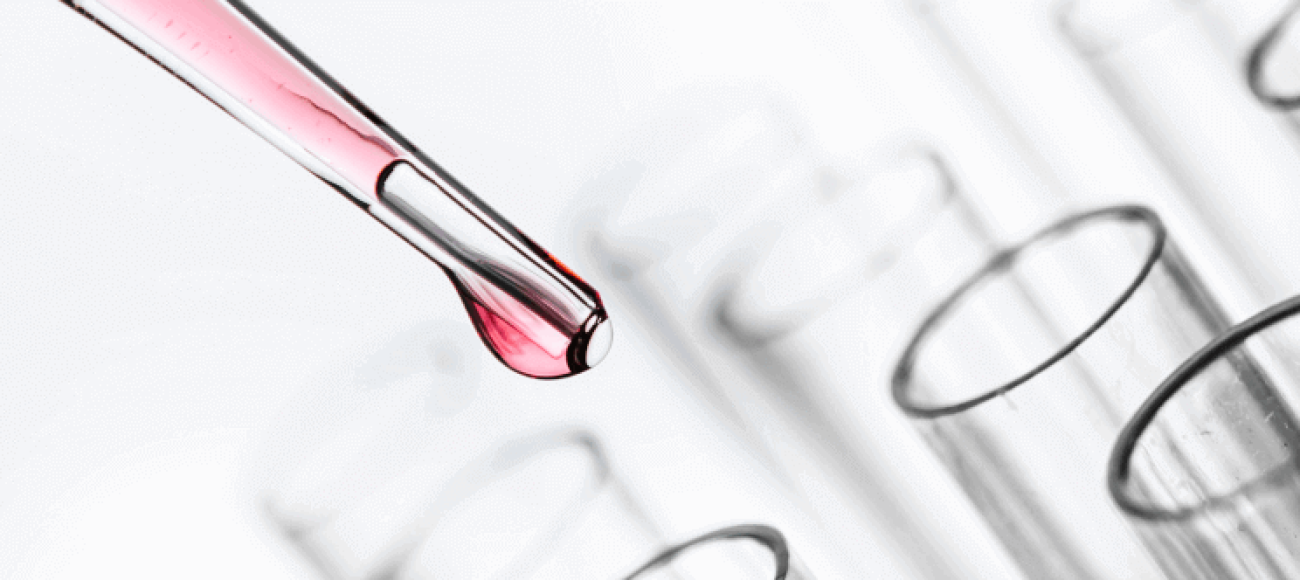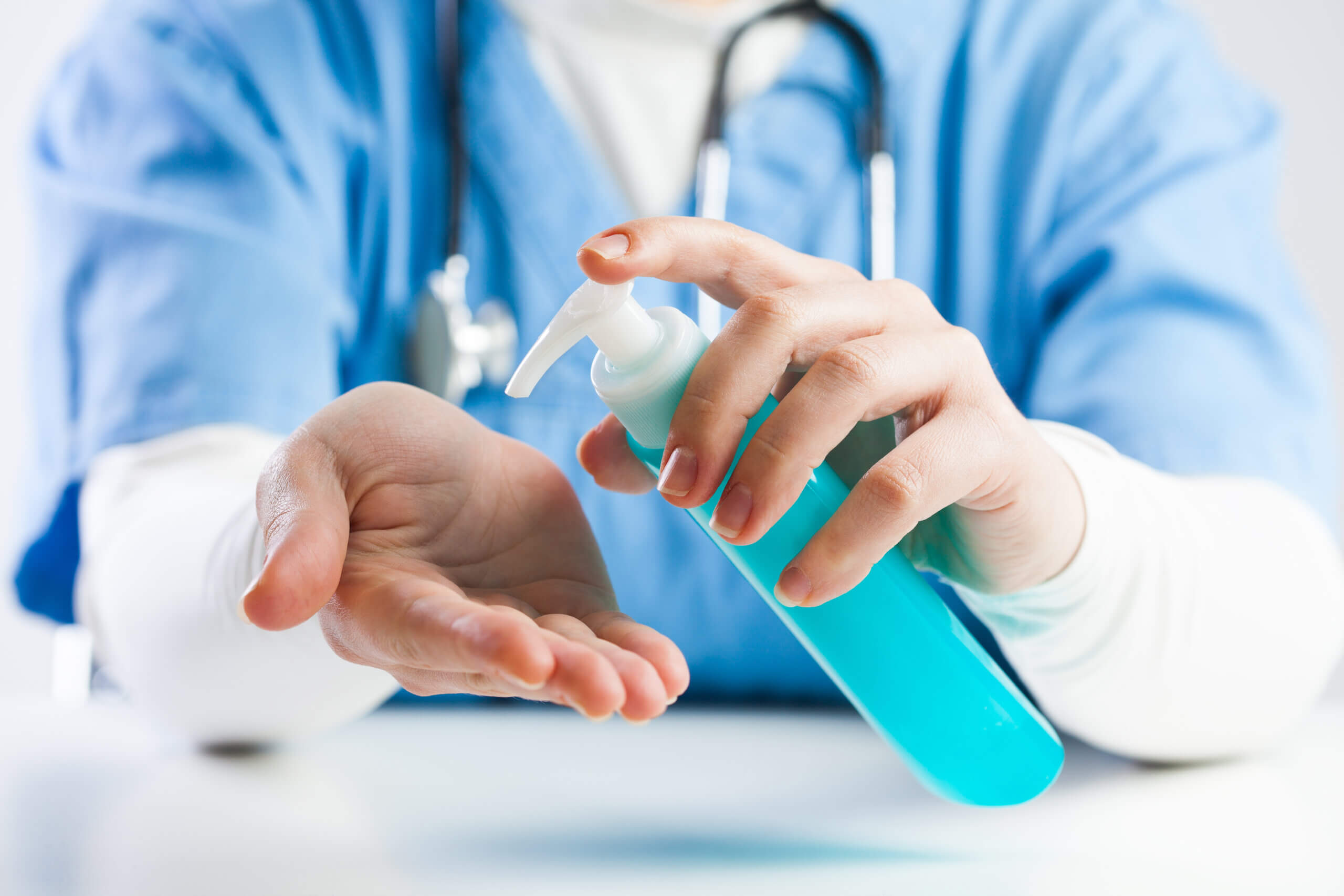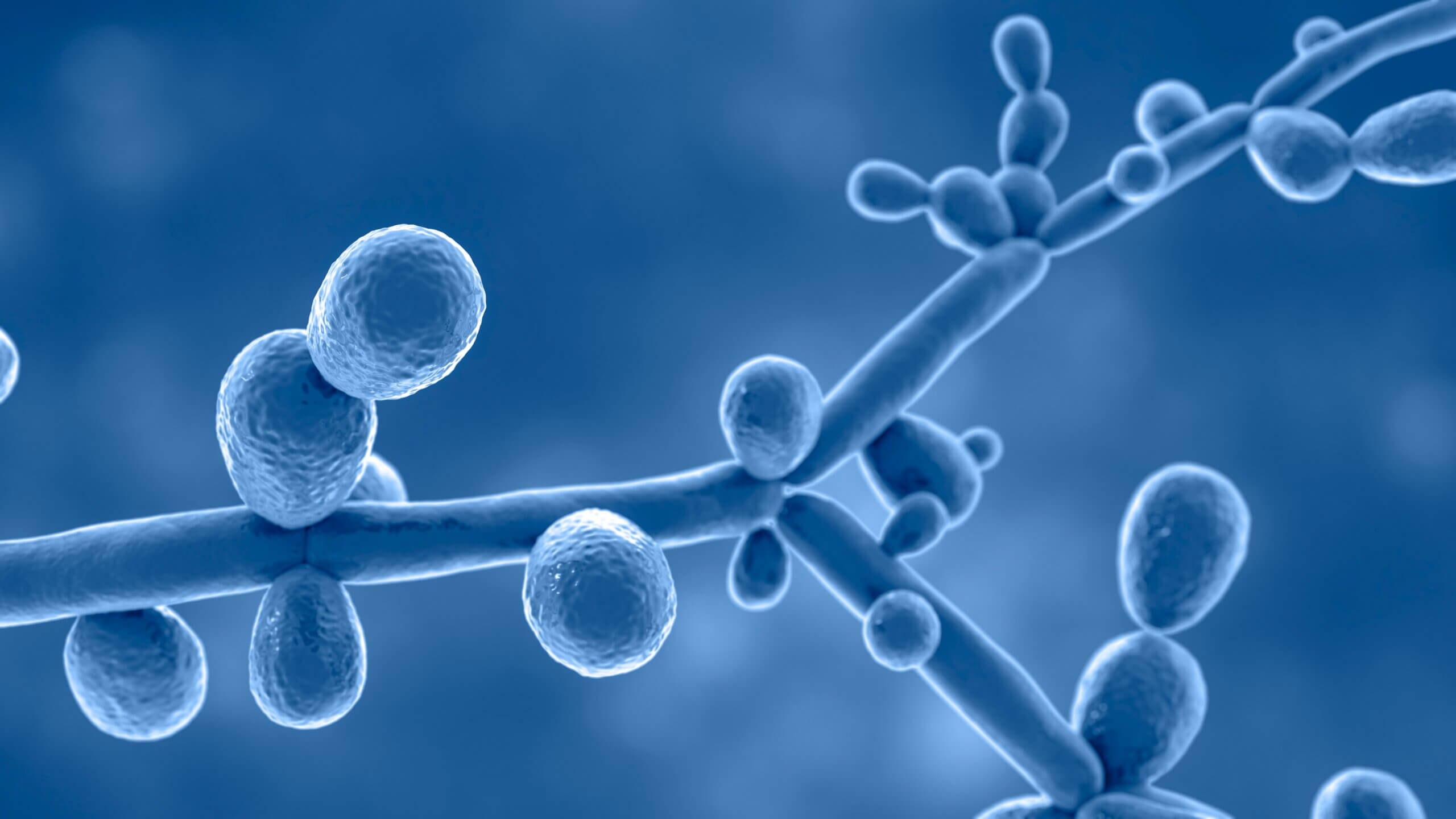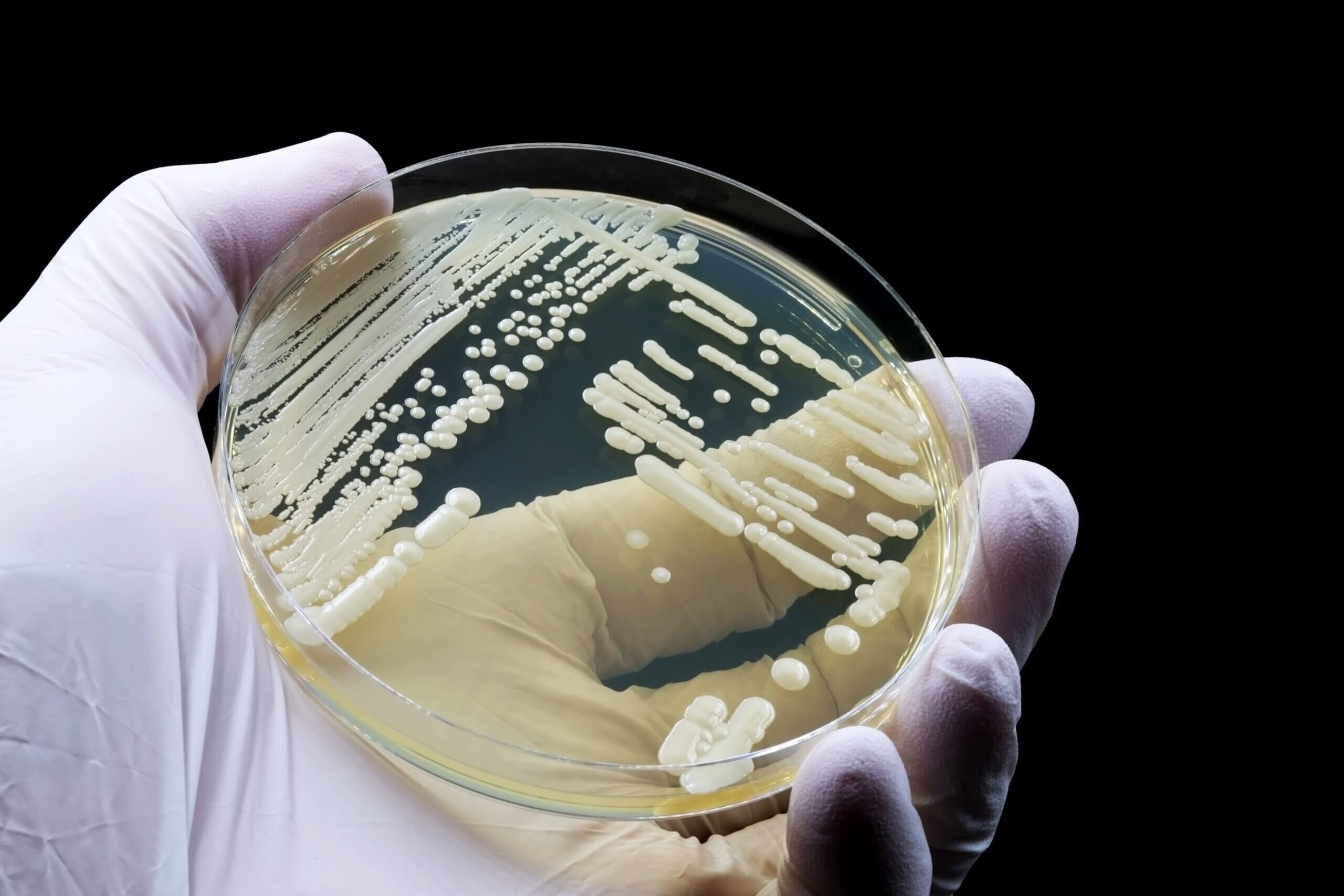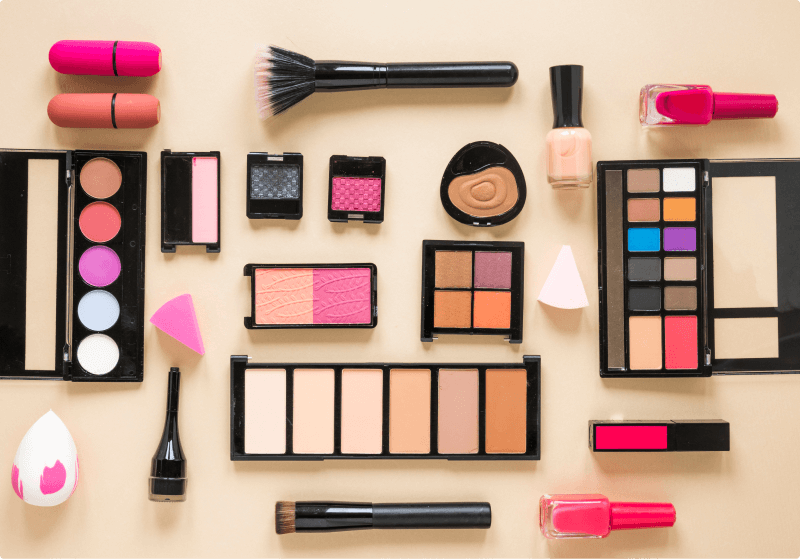Disinfectant testing labs help manufacturers to validate the efficacy claims of their products based on intended application.
Whether it is medical facilities, domestic areas, public or industrial spaces, disinfection has become a crucial hygiene practice to offset the risk of infections. A wide range of disinfectant products are available in the market that claim to eliminate bacteria, viruses, fungi, and mold. However, functionality of disinfectants depends upon a couple of factors including chemical composition, presence of biocidal components and their end use in different areas where microbial load varies.
Disinfectant efficacy tests help to determine if a given product meets its efficacy claims or not.
Disinfectants products are subjected to following test methods –
Phase I – Basic suspension test
This is a basic suspension test established to determine whether chemical components used in product formulation possess antimicrobial efficacy.
Phase II – Quantitative suspension test
Quantitative laboratory tests further involve two steps – Phase 2 step 1 and Phase 2 step 2.
- Phase 2 step 1 tests are performed to determine the bactericidal, virucidal, fungicidal, sporicidal activity of disinfectants products / final formulation.
- Phase 2 step 2 are also referred to as carrier test or surface test. This test is designed to evaluate bactericidal, virucidal, fungicidal, sporicidal activity of disinfectants products when applied to surfaces under stimulated practical conditions.
Phase III – Field trials or in use tests
Field trials are used to check the effectiveness of final disinfectant product in-loco conditions.
Also Read: What does “Eliminates 99.9% Germs” Label Mean?
How do MIS test the Efficacy of Disinfectants?
We undertake a wide range of testing services for disinfectant products including wipes, sprays, instruments and surface disinfectants. The disinfectant efficacy testing procedures followed by MIS lab are complied with international standards and regulations.
Disinfectant Efficacy Testing Procedure followed by MIS lab
Disinfectants are classified as either broad-spectrum or narrow-spectrum. The former shows antimicrobial efficacy against most pathogenic gram positive and gram negative microbes while the latter is effective against only a limited range of microbes. We test disinfectants for both broad-spectrum or narrow-spectrum activity.
Disinfectant testing procedure involves following steps –
- Challenging the disinfectant product samples with test organisms. Inoculation step may also include interfering substances.
- Allowing interaction between test organisms and product sample under specific conditions (contact time and temperature) as recommended by manufacturer
- Neutralization of inoculated samples is further followed by plating and microbial enumeration
- In final step, number of challenge organisms recovered from the test samples are compared to the number of challenge organisms recovered from control sample
Also Read: How Do You Know If Your Disinfectant Product is Effective?
Examples of Disinfectant Products Tested at MIS
We test for a myriad of commercial products that are used for disinfection in different areas such as houses, medical facilities, institutions, kindergarten etc.
Disinfectant products to be test may include –
- Handrub
- Handwash
- Hansanitizers
- Instrument disinfectants
- Surface disinfectants
At MIS, we employ world-class technology and best laboratories practices for disinfectant efficacy testing. The entire analysis process is operated by highly trained microbiology experts to ensure accuracy and reliability of test results.
For more information on our disinfectant testing capabilities and services, contact our expert here.

